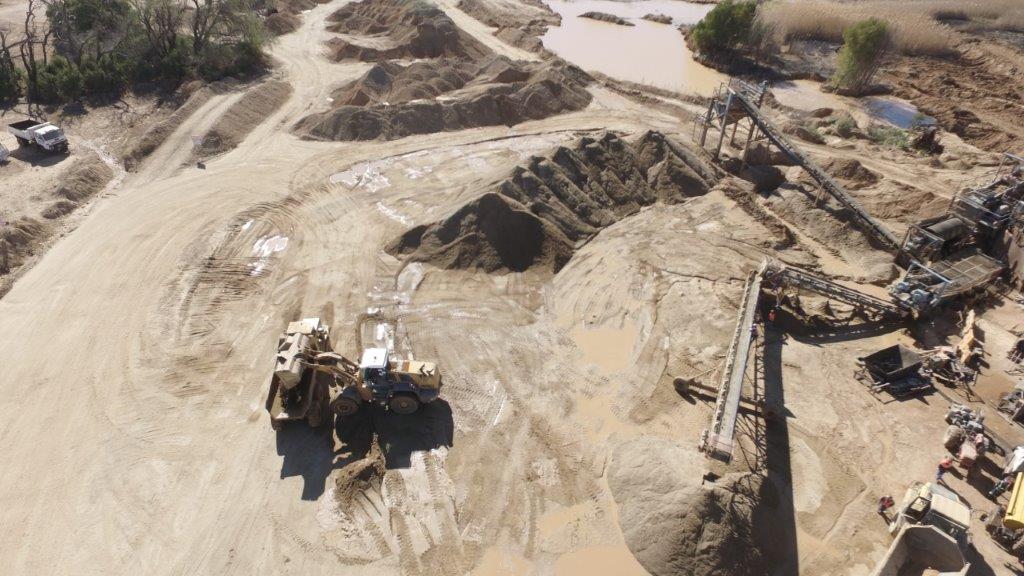3 Easy Tests to Check the Quality of Sand
We’ve said this before and we’ll say it again: sand is one of the most needed natural resources on earth, and for good reason too. There are several things sand is good for when it comes to the progression of mankind; from construction to the forging of glass, we wouldn’t see as much technological innovation in the world without sand.
Since it plays such an important role, it’s crucial that the quality of the sand being used for any given application be tested to ensure the best possible results. This is especially important in construction because of the high stakes involved – we’re talking about peoples’ lives here.
We use sand as a key ingredient, when creating concrete, mortar and asphalt – bad quality sand could cause costly problems further down the road. Irreversible damage from cracks and deformities may form in an end product if bad quality sand is used, damage that could, among many other things, lead to reduced strength and terrible aesthetics on the surface of the end product.
3 easy ways you can use to check the quality of sand
The following 3 methods for checking the quality of sand are very simple to understand, and only require a few inexpensive tools and equipment to perform. We’ve summarised each method to give you an idea of what they accomplish and when you should use them:
-
Organic impurity test
Some of the sand you want to use may contain organic materials such as fine slit, tannic acid and fine dust. This is bad for business because organic materials make the destabilise the sand you’re using, something that could lead to undesired circumstances. There shouldn’t be more than 5% of organics in your sand, here’s how to make sure you stick to the threshold:
Things you’ll need:
-
A water solution with at least 3% sodium hydroxide (salt will work)
Steps to take:
-
Mix a sample quantity of sand with the sodium hydroxide solution in your test tube.
-
Allow the mix to settle for 24 hours while observing it closely. If there are organic impurities in your mix, the colour of the liquid will take on a dark shade.
-
This test is best used for every 20 cubic meters of the sand you’re using for your construction project.
-
Sand bulking test
We should all know by now that sand which has volume that exceeds 35% after adding water isn’t good for construction. The sand bulking test is used to test for exactly that, here’s how…
How to run this test:
-
You’ll use another graduated test tube that has millimeter marks (we recommend something above 400 millimeters). You need to fill it with 200 millimeters of your sample sand Level the top surface without compacting the sand.
-
Deposit your sand into a clean container.
-
Refill your test tube with 100 mm of water.
-
Deposit your sand back into the tube.
-
Stir the mixture with a thin 6 mm rod, then let it settle for a few minutes.
-
Record the measurement of the settled sand.
-
Use the following formula to calculate the bulking of the sand (X): X = {(200 – Y)÷Y}×100
-
Run the same test and calculation on at least two more samples.
-
The average of your answers should not be more than 35%.
-
Salt test
This test is the easiest of them all. Good quality sand used for construction projects shouldn’t have salt in it; to test for this substance in your sand, all you need to do is take a pinch of sample sand from your pile and taste it. Get two or more of your colleagues to do the same, so that you get an accurate read. If the sand tastes salty, chuck it and find a new batch.
And there you have it: three easy tests you can conduct to check the quality of your sand. If you’d like to learn more about these testing methods, check out this really handy resource over here. Otherwise, get yourself some quality sand by getting in touch with us today! We do bulk orders too, what’re you waiting for?











